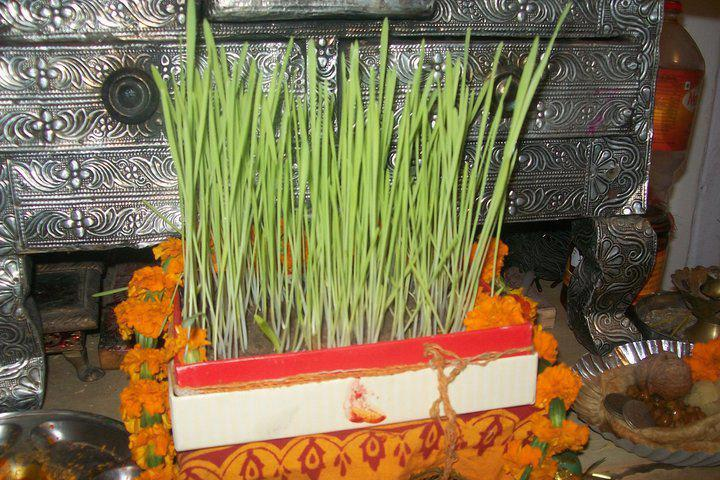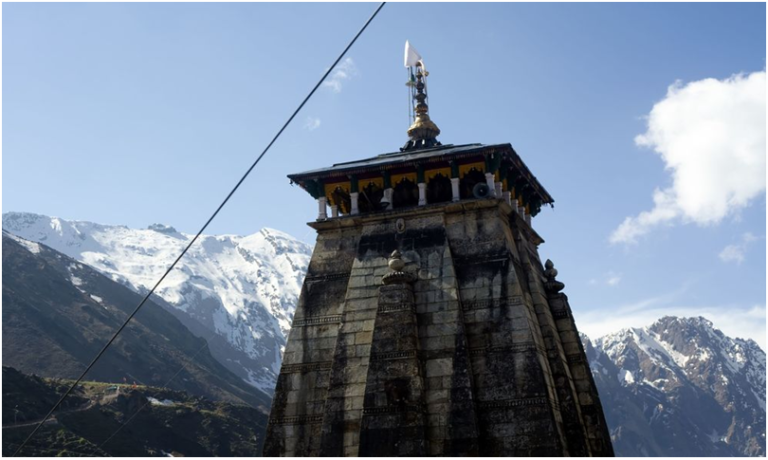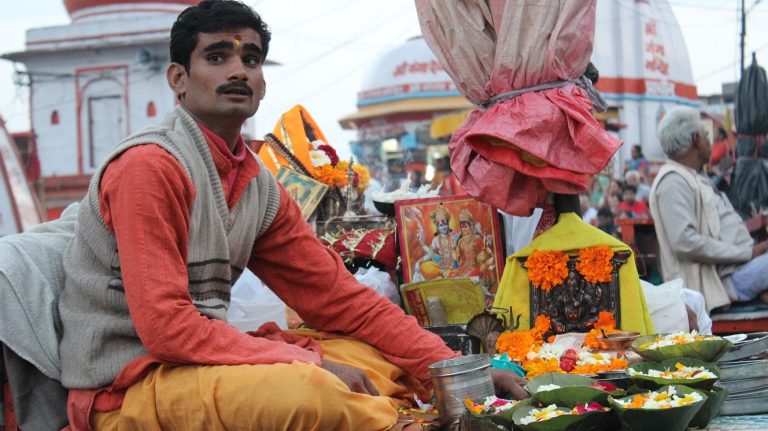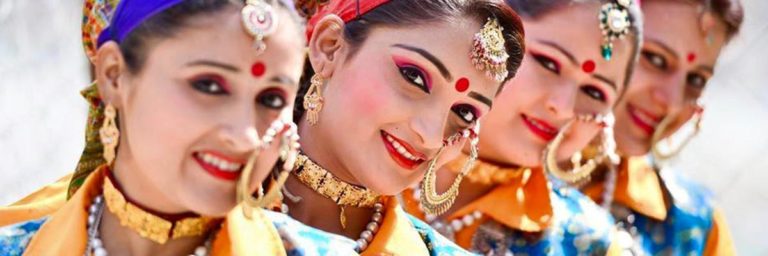Harela, the folk festival of Kumaon is celebrated four times in the year in the Kumaon Region of Uttarakhand, Harela marks an important folk festival in which prayers are offered for prosperity of crops.
Harela also known as eco-friendly festival of Kumaon, it is celebrated to mark the beginning of the rainy season or the monsoon and new harvest and to commemorate the wedding anniversary of Lord Shiva.
This Kumaoni Hindu folk festival is celebrated during both the Navratris (September/October), Chaitra Navratri in the month of Chaitra (March/April), and in Shravan (late July).
Harela in Kumaon is also called as ‘green leaves’ is also referred to greenery, especially during the monsoon season when the rice pads are filled with shiny green leaves. This festival is celebrated for marking the beginning of the sowing cycle of the crop.
The connotation of Harela lies in the fact that it offers an occasion to the farmer to test the qualities or defects of the seeds he has in his store. During this festival, the farmers pray for yielding a good harvest and the locals enrapture in the festivity. People meet their relatives and munch the seeds of the plant after heating them.
Ten days before the actual celebration, seeds of five or seven types of grains from amongst Maize (Zea maize), Mustard (Brassica spp.), Gahaut (Macrotyloma uniflorum or legume), Jau (Hordeum vulgare), Wheat (Triticum aestivum), Traditional land race(s) of Paddy (Oryza sativa), Mass, Bhatt (Glycine sp) etc. are mixed and sown in a pot or flat wooden pane called, ‘chauk’ in a dark room where sunlight doesn’t help the seeds in growth. Water is sprinkled once or twice every day all along until the final worship day arrives. Besides this, gaily painted sculptures of Lord
The essence of Harela festival lies in the fact that it provides farmers an opportunity to check the quality of seeds on small scale, which eventually helps them to plan a wiser strategy for mass scale cultivation. The role of socio-cultural values in biodiversity conservation is an integral part of the people living in Uttarakhand and Harela plays a significant role in the same.
The festival becomes an occasion to give token monetary allowances or pocket money to the young girls of the family. The tender green shoots (hence called Harela) that germinate are cut off on the tenth day and people put them on their heads and behind their ears.




